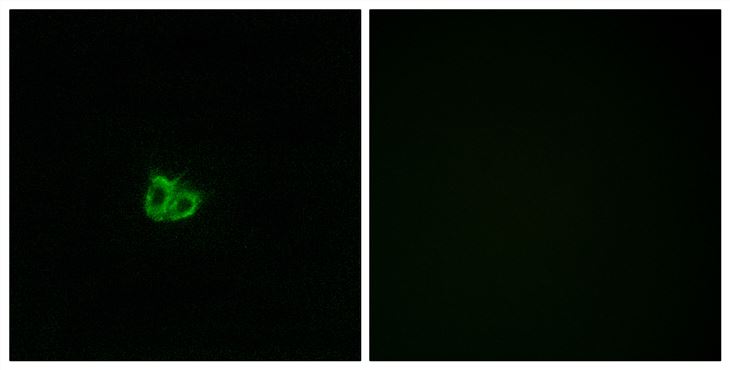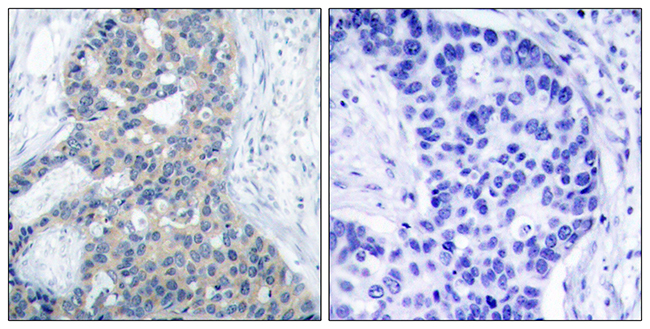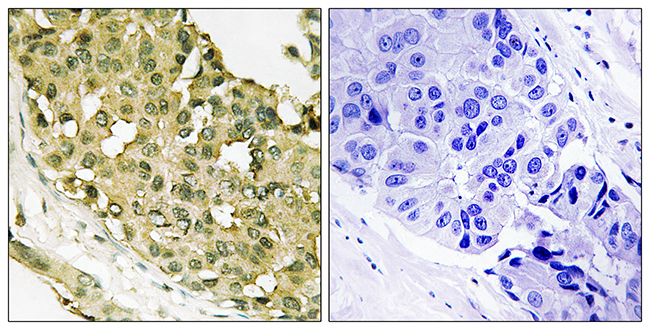Defining the Identity and Dynamics of Adult Gastric Isthmus Stem Cells
CELL STEM CELL
Authors: Han, Seungmin; Fink, Juergen; Jorg, David J.; Lee, Eunmin; Yum, Min Kyu; Chatzeli, Lemonia; Merker, Sebastian R.; Josserand, Manon; Trendafilova, Teodora; Andersson-Rolf, Amanda; Dabrowska, Catherine; Kim, Hyunki; Naumann, Ronald; Lee, Ji-Hyun; Sasaki, Nobuo; Mort, Richard Lester; Basak, Onur; Clevers, Hans; Stange, Daniel E.; Philpott, Anna; Kim, Jong Kyoung; Simons, Benjamin D.; Koo, Bon-Kyoung
Abstract
The gastric corpus epithelium is the thickest part of the gastrointestinal tract and is rapidly turned over. Several markers have been proposed for gastric corpus stem cells in both isthmus and base regions. However, the identity of isthmus stem cells (IsthSCs) and the interaction between distinct stem cell populations is still under debate. Here, based on unbiased genetic labeling and biophysical modeling, we show that corpus glands are compartmentalized into two independent zones, with slow-cycling stem cells maintaining the base and actively cycling stem cells maintaining the pit-isthmus-neck region through a process of "punctuated" neutral drift dynamics. Independent lineage tracing based on Stmn1 and Ki67 expression confirmed that rapidly cycling IsthSCs maintain the pit-isthmus-neck region. Finally, single-cell RNA sequencing (RNA-seq) analysis is used to define the molecular identity and lineage relation-ship of a single, cycling, IsthSC population. These observations define the identity and functional behavior of IsthSCs.
A Search for Reliable Molecular Markers of Prognosis in Prostate Cancer A Study of 240 Cases
AMERICAN JOURNAL OF CLINICAL PATHOLOGY
Authors: Tradonsky, Alison; Rubin, Tammy; Beck, Rodney; Ring, Brian; Seitz, Robert; Mair, Sharon
Abstract
Most prostate cancers are treated, although more than 80% remain clinically insignificant and fewer than 3% are fatal. This retrospective study of 240 radical prostatectomy cases with comprehensive follow-up was a search for reliable markers of prostate cancer prognosis evaluable on biopsy specimens to enable minimization of unnecessary treatment, morbidity, and costs. Representative cancer and benign tissue from each prostatectomy specimen was made into tissue microarrays and stained with antibodies targeting 20 gene sequences. Traditional clinical and pathologic prognosticators and the 20 antibody stains were correlated with patient outcomes. By univariable analysis 4 of 20 antibodies (STMN1/stathmin 1, CYP4Z1/cytochrome p450-4z1, CDH1/E-cadherin, and Hey2), Gleason score, perineural invasion, and apical involvement were statistically significant outcome predictors for biopsy tissue. By multivariate analysis, Gleason score, Hey2, and CYP4Z1 were independently predictive. STMN1 and CDH1 were not independent of Gleason score but remain useful because marker interpretation is objective and Gleason scores often differ for biopsy and prostatectomy specimens.
![]()


